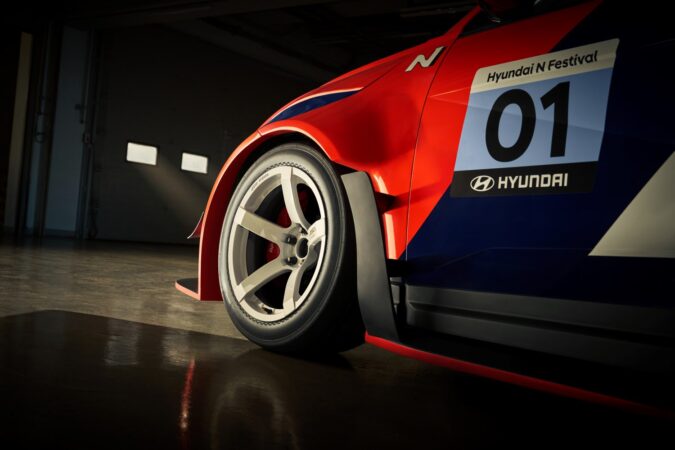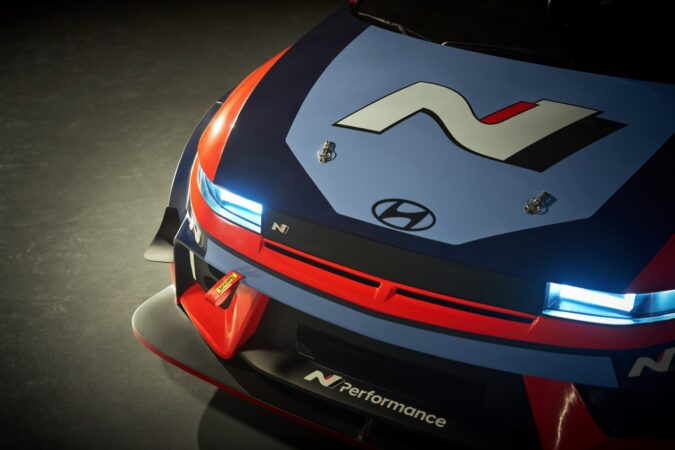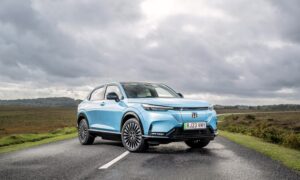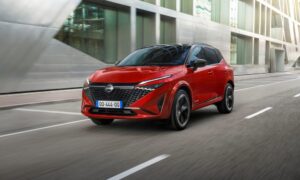With the rapid electrification of the automotive industry, it feels like we’re just seeing the start of EV motorsports. Sure, we have stuff like Formula E and Extreme E, but as they say, the more the merrier. Hyundai appears to be the latest big automaker to put its might behind electric car racing, though not in the way you might expect. A one-make series, the Hyundai N Festival is a celebration of all things N, Hyundai’s motorsports and performance division, and it’s also the biggest one-make racing series for pro racers in all of South Korea.
The latest class to be included in the recent Hyundai N Festival is eN1, dedicated exclusively for pro racing drivers, piloting race-only vehicles that can’t otherwise be driven on public roads, as that little ‘e’ stands for ‘electric’. For now, there’s only one car in Hyundai’s line-up that would qualify, the all-new IONIQ 5 N eN1 Cup, but that’s no bad thing. As far as electric race cars go, it’s definitely one of the coolest ones I’ve seen thus far. And, if the on-paper specs are anything to go by, it does sound like the IONIQ 5 N eN1 Cup is a real hoot to drive!
Pushing The Boundaries Of Electric Motorsports
You might already know the IONIQ 5 N, the road-going sibling to the aforementioned, highly-strung Cup variant. Pretty much anyone who’s driven one unanimously agrees that it’s one of the best electric performance cars money can buy today, and it was also Hyundai’s first all-EV ‘N’ model. Well, the IONIQ 5 N eN1 Cup isn’t too far off from the road car, as it uses the same power electronics (PE) system. But, where they differ is in the tuning. The IONIQ 5 N eN1 Cup has a stronger powertrain and higher battery capacity to cope with racing conditions.
Specs-wise though, a similar PE means the same horsepower count – 650PS, with 226PS from the front motor, and 383PS from the rear motor. It also comes with an 84.0kWh battery pack, paired with an 800-volt architecture that’s similar to the road car. With a max charge rate of 350kW, you could top up the IONIQ 5 N’s battery from 10% to 80% in under 20 minutes. This isn’t going to matter too much on the race track though, but what will make a big difference are the aerodynamics, which is way more aggressive on the IONIQ 5 N eN1 Cup.
The Beginning Of A New Era In EV Racing
Low and wide, the IONIQ 5 N eN1 Cup has a wider track front and rear for improved handling. And, there should be more than enough downforce to keep it glued to the ground. In addition, it’s far lighter than the road-going model, with radical weight reduction, forged wheels, some polycarbonate windows, and an FRP bonnet. Nonetheless, being an electric car, it’s still rather heavy, tipping the scales at 1,970kg. As you’d expect for a race car, it has FIA-mandated safety equipment, bucket seats, harnesses, fire suppression systems, shutoff devices, and so on.
Braking is courtesy of 6-piston front callipers and 4-piston rear callipers, surrounding 18-inch slick tyres. They also get two-way adjustable dampers, too. While you may think that electric car racing is dull since there’s no engine noise, Hyundai has got that covered. With artificial overboost sounds, virtual shifting, and active sound profiles, each team racing an IONIQ 5 N eN1 Cup could actually develop their own unique sounds. With the first round coming up on April 27th, I’m eager to see if Hyundai has cracked the code on making EV races exciting.








